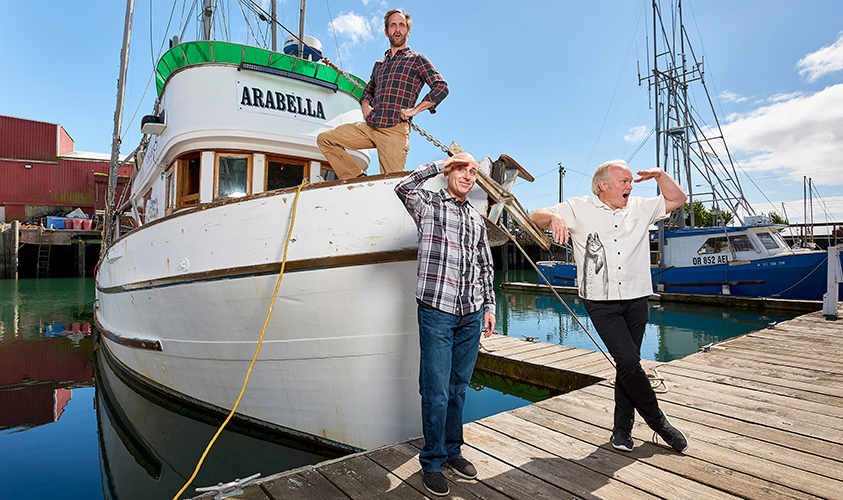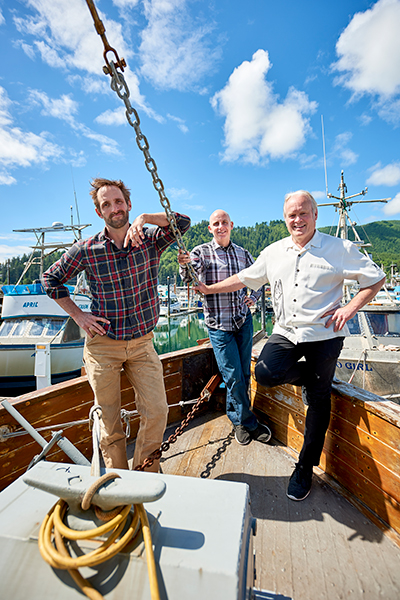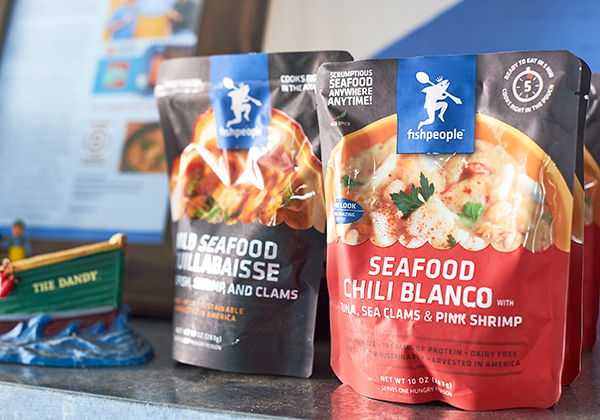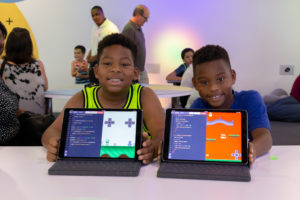Products
A Series of Profiles of Innovators at the Forefront of Consumer Behavior and Business Transformation: Rob Royer, Founding CEO, Interior Define.
The digital direct-to-consumer model is transforming just about every category of the consumer retail industry. What Warby Parker, Bonobos, Dollar Shave Club, Harry’s, Casper and other high-profile examples have popularized, Rob Royer and his team hope to emulate to redefine the unique category of custom furniture. Royer is the founder and CEO of Interior Define, a business changing the way consumers buy furniture.
So, why furniture? And more specifically, why sofas?
Furniture is a sizable, evolving market. According to Statista, furniture and furnishing sales reached over $110 billion in 2016 and sofas comprise one of the largest segments of that market. More importantly, it’s something Royer knows well and deeply cares about. “I grew up in a design-oriented family,” said Royer. “My mother and grandmother were interior designers and my father and grandfather were both architects.”
Perhaps as important, Royer was an early team member at men’s apparel startup Bonobos, the DTC innovator acquired by Walmart for $310 million in 2017.
“Reflecting back on it now, I think we share a common perspective; they were really a pioneering digitally native brand focused on solving what they found was a problem in men gaining access to well-fitting apparel,” recalls Royer. “As such, Interior Define was created to address the consumer pain-points in selecting and purchasing a sofa, which is an significant investment for any home.”
Royer was employed at Bonobos during its infancy in 2007. In that time, he witnessed the power of the customer community they were building around a singular category and they were tackling it from a customer experience perspective. It was around that time he reflects on sofa shopping for his first home in Chicago with his wife.
“I found that I actually really enjoyed furniture shopping,” he recalls fondly. “I appreciated the furniture consumer; which I think is unusual, but I enjoyed spending time in retail locations and I think I shopped nearly every option. Furniture is a significantly fragmented category and I began to recognize a common set of consumer pain points in the space,” says Royer.
He remembers being surprised that no other manufacturer was focused on building a singular, purpose-filled brand for the sofa consumer in the middle of the market. “It felt like a massive opportunity, but I frankly didn’t know how I was going to crack it at the time,” he recalls. Regardless of early uncertainty, he still procured the brand URL, InteriorDefine.com, in 2008.
After his Bonobos tenure, Royer went to graduate school in Chicago and then on to an ad agency after that. During that time, he continued to recognize the potential and opportunity to disrupt this space. He began doing some further research into the market and connected with others familiar with how the supply chain worked in China. He then traveled there to gain a firsthand familiarity with the manufacturing landscape.
It became clear to him that the problem with consumer drawback centered on major brands focusing on everything for the home yet ignoring what he believed to be the most important category – sofas. These brands were hedging bets on what they believed consumers would buy. From there, they then prebuilt the product, warehoused it and showcased in a stale, retail-heavy environment, making the entire buying process unenjoyable and inefficient.
It took two years to create a supply chain and find the right partners when Royer finally launched the brand officially in January of 2014. “The plan from our perspective was to create a user experience online first that would enable shoppers to easily customize a piece,” said Royer.
Interior Define was not an instant success. They had very limited marketing dollars and had very little early web activity. This changed, however, when that web activity was nurtured through local brand recognition with a physical location in Chicago. Customers who learned about the brand online first, would then find their way to the store.
“It was initially difficult to find the right location. Our first store sat right underneath the ‘L’ [train] tracks in Wicker Park. It was then when we started evaluating a huge amount of valuable customer feedback,” recalled Royer. “We learned that our custom offering was greatly resonating with the right consumer, but we hadn’t merchandised the retail location in a way that really matched our web experience.”
Interior Define eventually upgraded to a different location in Chicago; the opportunistic Lincoln Park neighborhood. This popular community is also home to other large digitally native brands and proved to be a much more suitable site to nurture visibility. With that transition, Royer completely rethought how to merchandise the product in the new space. They evolved and used a fresher merchandising approach – they upgraded the visibility of the customization options by adding them to the walls; this way shoppers could engage and truly understand what the products and business were all about.
Today, the business in growing. Interior Define has opened several new guide shop locations around the country including the SoHo neighborhood of New York last year, followed by Los Angeles and Austin with San Francisco and Boston being added in the last half of 2018.
“We have essentially tripled the business every year for three years in a row,” said Royer. “We now have six physical retail locations and our team has grown to 85 employees today.” The business has attracted venture capital backing as well, securing a total of $27 million from Pritzker Ventures, Listen Ventures, Breakout Capital, Fifth Wall and Peterson Ventures.
“We are really excited about the foundation that we’ve created and the brand awareness that we’ve built,” he concludes. “We consider ourselves the most innovative custom sofa retailer in the country and we are using this success to expand and redefine other categories in the home as well. We intend to be known as the pioneer in the digitally native home furnishing space.”




